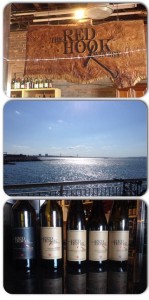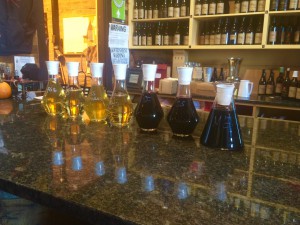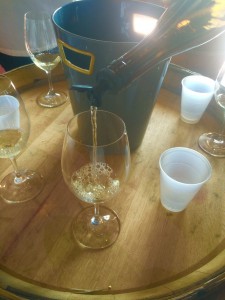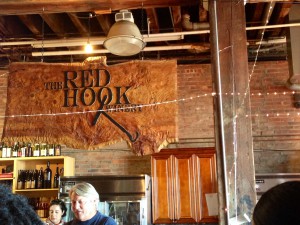New York Magazine once listed Red Hook Winery as one of the many reasons to love New York City “because we’re making serious wine in Red Hook.” And it’s true. The concept was birthed in 2008 by owner Mark Snyder and two notable wine makers from Napa, Abe Schoener and Robert Foley. Although they credit themselves as a small, handcrafted operation, Red Hook Winery locally produces over twenty different wines per each vintage from as many as fifteen different vineyards all from the North Fork of Long Island. Not bad New York, not bad. And if you’ve ever encountered those who question the quality of wines produced in New York or deem it as subpar to say, Californian wines, it’s probably because they haven’t tried the wines of Red Hook Winery.
Example: The 2012 Red Hook Winery Buttercup’s Cuvee is a delectable blend of mostly Chardonnay and Riesling, along with some Tocai, Pinot Blanc, and Muscat (which I later discovered online.) It was unexpectedly well-balanced; the notes of petrol which you would routinely suspect in grapes such as Riesling and even Muscat, were tamed by the roundness of the Chardonnay … thus producing a lightly floral, crisp, and an elegant ode to the Alsace. The retail price is $25, although I wouldn’t be too surprised if I saw this on a wine list for double the price and neither would I be displeased if this were served to me at a restaurant.
If you take a look at a bottle of their wine and find on the front label with the words, “PRODUCED AND BOTTLED BY THE RED HOOK WINERY UNDER THE DIRECTION OF ROBERT FOLEY,” that is because he is the mastermind behind the wine as well as a graduate of UC Davis’ Viticulture/Oenology program and the proud owner of Robert Foley Vineyards. Though he claimed to “not work here at Red Hook Winery,” his expert knowledge on vinification was (more than) enough to take us on a tour through this winery.
A few things that I learned: Must is the product of what comes out of a grape-crusher. This includes all the skins, seeds, and stems. For red wines, skin contact is crucial; for white wines, it is necessary that all skins are separated from the pressed juice. But because the red pigment is only from the skin, it is possible that red wines can be used to blend with wine wines without giving off any red hue (unless that was the intention, in that case, that would be a rosé.)
I also learned that the balance between the utilization of old and young barrels is very crucial to creating characteristic to the wine. Texture, aroma, and flavor compounds of a wine comes mainly from the oak. If you pour wine into a young barrel, it will extract too many tannins or what he calls “board-yness.” However, if you use an old barrel, it will refrain from extracting oak and instead create a very fruity wine. This is where blending comes in between using the old, the young, and the in-betweens. Barrels are chosen all based on the characteristic of the wine that you are trying to achieve.
This experienced opened my eyes about the wonderful setting that we live in which has truly an underestimated potential to create quality wines. I would like to thank the Julia Child Foundation and everyone at Red Hook Winery for providing this wonderful opportunity.
“…the prospect of Foley and Schoener fermenting and blending wines in an unmarked Red Hook storefront might be the oenological equivalent of Alice Waters opening a little café on Van Brunt Street. Unexpected, bizarre, and more than a little thrilling.”
– Robin Raisfeld, New York Magazine.







